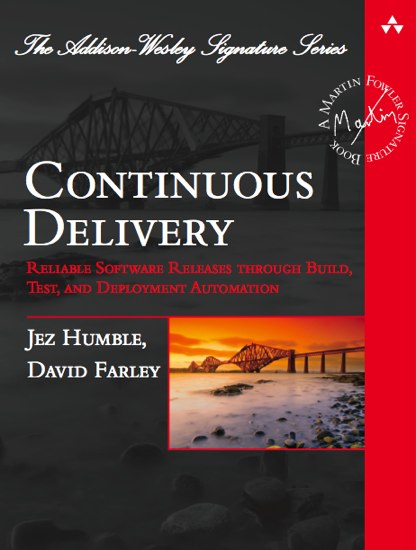This month, the Jacobin JVM project reaches the 30-month milestone, with release 0.4.0. Because for the last six months Richard Elkins (@texadactyl) and I have been working together daily on features, we've made good progress. Our goal is before year-end to have it run a standard set of benchmarks. After that, we'll begin to ask for volunteers to test Jacobin with their code. As ever, the larger goal is to deliver a more-than-minimal JVM written entirely in a single language (go).
To be honest, Jacobin is already much more than minimal, but we want to get it closer to feature parity with the HotSpot JVM, which is the JVM that ships in OpenJDK. During the past six months, we've added:
* exception handling, both caught and uncaught exceptions and errors. For uncaught errors, we try to provide somewhat more detail about the exception than does the HotSpot JVM. However, for users who prefer HotSpot's exact wording, we provide the -strictJDK command-line option, which uses the exact same wording as HotSpot.
* improved diagnostic data in trace logs. Prior to this release, out trace logs were focused on the bytecode instructions, showing the class, method, bytecode and the top of the operand stack (TOS). We now print out the entire operand stack with each bytecode instruction so that we can watch data items move up and down the stack as pushes and pops move them. While this generates huge trace listings, it lets us watch the execution of classes in a real-time document.
* handling methods with a variable number of arguments
* static initializer blocks. Initiatlizer blocks are rarely used by developers, but crucial to the operation of the JVM. At the language level, they're blocks of code between {{ and }} or in freestanding blocks of code between marked static{ ...code here... }. They're most often used to initialize static variables. The code blocks are executed before any code in a class, even before a constructor. Inside the JVM, they appear when classes use static variables, which means frequently. And they can entail complex chain reactions in which they need to instantiate other classes and run their static initializer blocks.
* revised architecture. One of the confounding aspects of working on a system with so many discrete subsystems that must all interoperate in a carefully choreographed process is that it's difficult to anticipate the exact shape and interfaces a subsystem must have when it's first designed. In part, that's because we generally cannot implement all the features right away--only the essential ones. Gradually, as Jacobin moves forward, earlier decisions to not include certain lesser-used features need to be revised. In this release, we revised how we look up methods and how we handle static variables. In both cases, we simplified existing code.
Hacker News
Jacobin JVM made the front page of Hacker News. That post by Ye Lin Aug, generated 184 interesting comments. We appreciated this unexpected coverage and did our best to answer the many questions.
What's next
In the next six month sprint, we are hopeful that we can:
* implement all remaining bytecodes except INVOKEDYNAMIC, which will surely take us longer to complete
* implement java.lang.Class: there are several Java classes that are so dependent on the JVM's design that every JVM needs to implement them by hand. These include classes for threads, debugging classes, and, of course, java.lang.Class...among others.
* add file I/O libraries (it might seem odd to see this here, but the JDK's file I/O libraries are native functions. We need to implement then in go. This will primarily be via use of the Facade design pattern, but there will likely be some additional coding required.)
* expanded work on handling JAR files. Presently Jacobin does handle JAR files. However, we want to make sure that code is robust enough to handle all details and forms of JAR files, so that execution never fails.
All of this in preparation for running benchmark suites and, eventually, soliciting alpha testers.
In the above text, I've referred to this milestone as a "release." The term is misleading. We're not creating a release, but just marking the code at this 2.5-year anniversary as v. 0.4.0. As discussed on the GitHub project site, we don't yet recommend you try Jacobin. However, by the end of the next sprint, we hope to start inviting folks to give it a try.
Testing
As discussed in previous posts, we're deeply committed to testing. Jacobin's test suites currently run a total of 708 tests, which include 597 unit tests and 111 integration tests. We'll be boosting these number significantly in preparation for inviting alpha testers.
Jacobin by the Numbers
At present, Jacobin consists of a production codebase of 15,814 lines (includes code, comments, and blank lines). The testing code consists of 24,178 lines plus 26,874 lines in the Jacotest test suite. This gives 50,912 lines of tests, which is 3.22x the size of the production code. Our eventual goal is a significantly greater multiple.
If you'd like to show your support for Jacobin JVM, we'd love a ⭐ on GitHub. That helps keep our motivation high! If you want more frequent updates, please follow us on Twitter (@jacobin_jvm)


